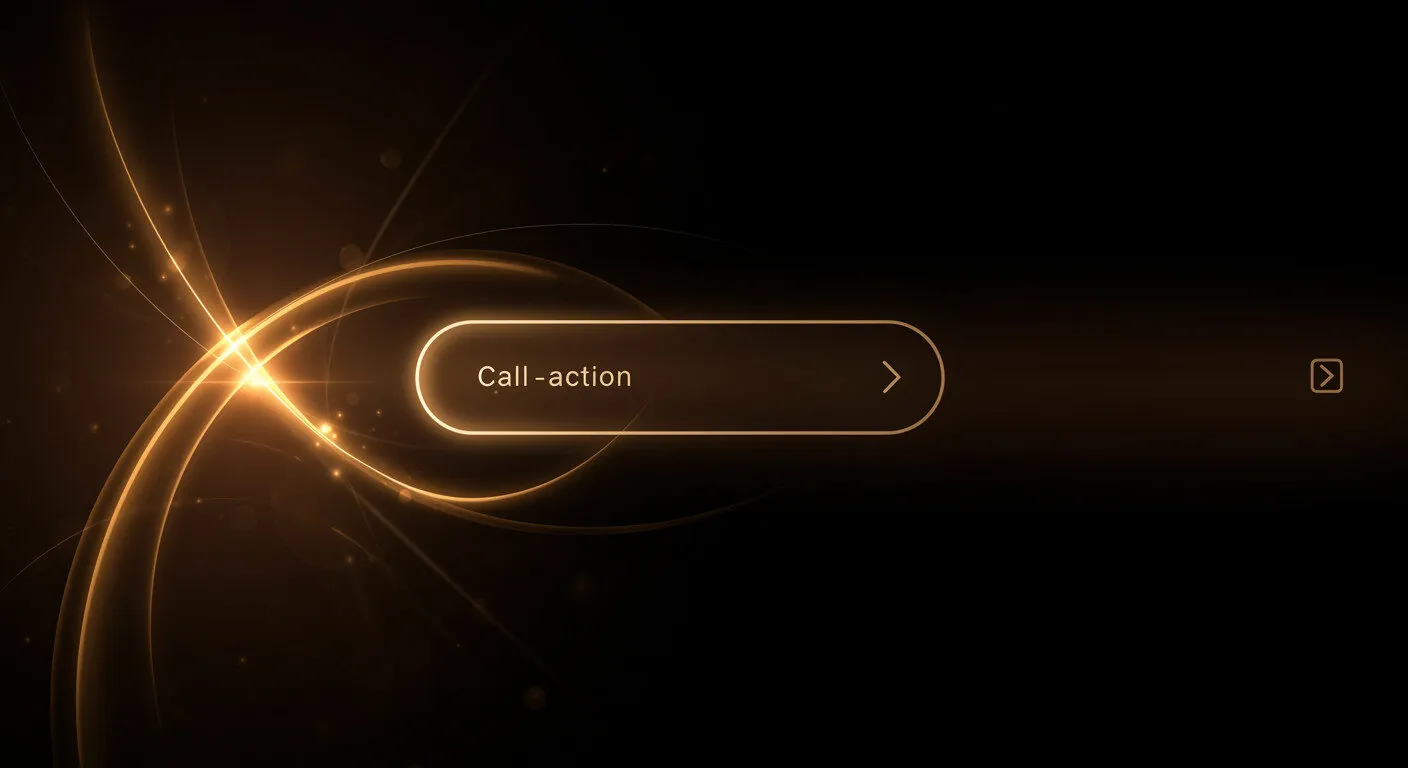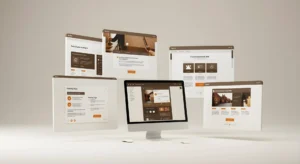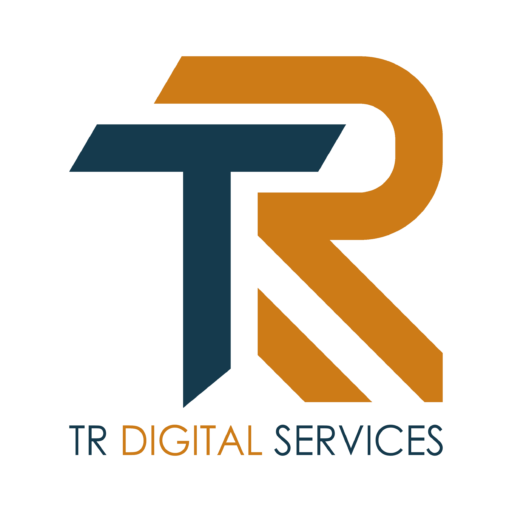
High-Converting Call-to-Action Design: Psychology & Strategy Behind Effective CTAs
A beautifully designed website or compelling social media post means nothing if your audience doesn’t take the crucial next step. Whether it’s signing up for your newsletter, making a purchase, or scheduling a consultation—your call-to-action (CTA) serves as the critical bridge between interest and conversion. In today’s competitive digital landscape, where users make split-second decisions, your CTA needs to be strategically crafted, psychologically compelling, and conversion-optimized.
The difference between a high-performing CTA and one that gets ignored often comes down to understanding user psychology, strategic placement, and persuasive design principles. Research from HubSpot’s comprehensive CTA strategy guide reveals that websites utilizing diverse CTA types see significantly higher conversion rates, while strategically placed action buttons can transform user engagement and drive measurable business outcomes, demonstrating the critical importance of professional CTA optimization.
Why CTAs Matter for Business Success
CTAs represent the tipping point between passive browsing and active engagement—the moment when interest transforms into measurable business value. A weak or poorly designed CTA can lose a qualified prospect at the final moment, while a strategically crafted one can seal the deal and drive revenue growth. This critical conversion element often determines the success or failure of entire marketing campaigns, making CTA optimization one of the highest-impact investments businesses can make in their digital presence.
| CTA Element | Strategic Conversion Benefit |
|---|---|
| Clarity & Specificity | Eliminates decision paralysis by telling users exactly what action to take and what they’ll receive in return. |
| Action-Oriented Verbs | Creates psychological urgency and excitement while triggering immediate response behaviors that drive conversions. |
| Strategic Design & Placement | Maximizes visibility and click-through rates through color psychology, size optimization, and strategic positioning within user flow. |
| Content Relevance | Matches user intent and content context to create seamless conversion experiences that feel natural and valuable. |
| Mobile Optimization | Ensures consistent conversion performance across all devices, capturing mobile traffic that represents 60%+ of web browsing. |
The Psychology of Conversion-Driven Design
Understanding the psychological triggers that motivate user action is fundamental to creating CTAs that consistently convert. Color psychology plays a crucial role—red and orange buttons often create urgency, while blue builds trust and green suggests safety. However, the most effective approach involves testing these principles within your specific brand context and audience preferences.
Our approach to conversion optimization, demonstrated in projects like our Eesh’s Sweet Spot Bakery e-commerce website, focuses on creating user experiences where CTAs feel like natural next steps rather than aggressive sales tactics. This psychology-driven approach to design ensures higher conversion rates while maintaining positive user experiences that build long-term customer relationships.
E-commerce CTA Optimization Strategies
E-commerce websites require particularly sophisticated CTA strategies, as they must guide users through complex decision-making processes while addressing concerns about security, shipping, and product quality. Effective e-commerce CTAs often include trust signals, urgency indicators, and clear value propositions that address common purchase hesitations.
Our experience developing comprehensive e-commerce solutions, including projects like our UMMI Solutions e-commerce platform, demonstrates how strategic CTA placement throughout the customer journey—from product discovery to checkout completion—can significantly impact overall conversion rates and average order values.
Service-Based Business CTA Considerations
Service-based businesses face unique CTA challenges, as they must convince prospects to take action before experiencing the actual service value. This requires CTAs that build trust, demonstrate expertise, and reduce perceived risk through strategic messaging and design choices.
Professional service websites, such as our AmaKin Shipping LLC website development, showcase how industry-specific CTA strategies can address sector-specific concerns while guiding prospects toward meaningful engagement that leads to business relationships and revenue generation.
Common CTA Mistakes That Kill Conversions
Many businesses unknowingly sabotage their conversion potential through common CTA mistakes that seem minor but have major impact on user behavior. Generic phrases like “Click Here” or “Submit” provide no value proposition, while poorly contrasted buttons disappear into page backgrounds, and overwhelming users with multiple competing CTAs creates decision paralysis.
Understanding these conversion killers is essential for businesses seeking to maximize their digital marketing ROI. For companies currently experiencing low conversion rates, exploring our analysis of why visitors leave websites too soon provides valuable insights into user behavior patterns and actionable strategies for improving engagement and conversion performance.



